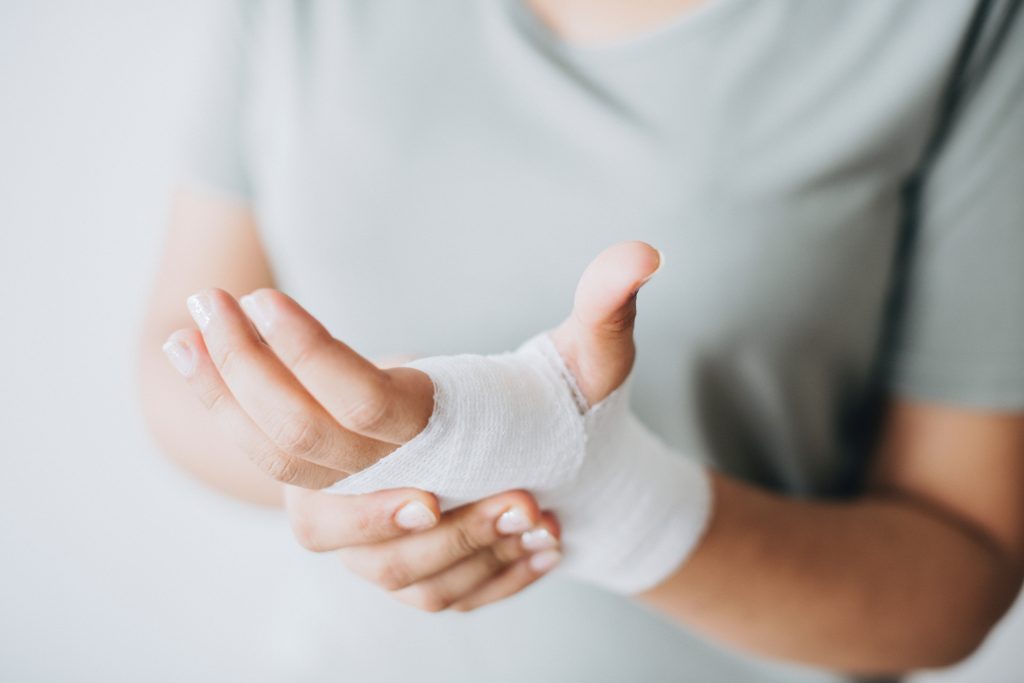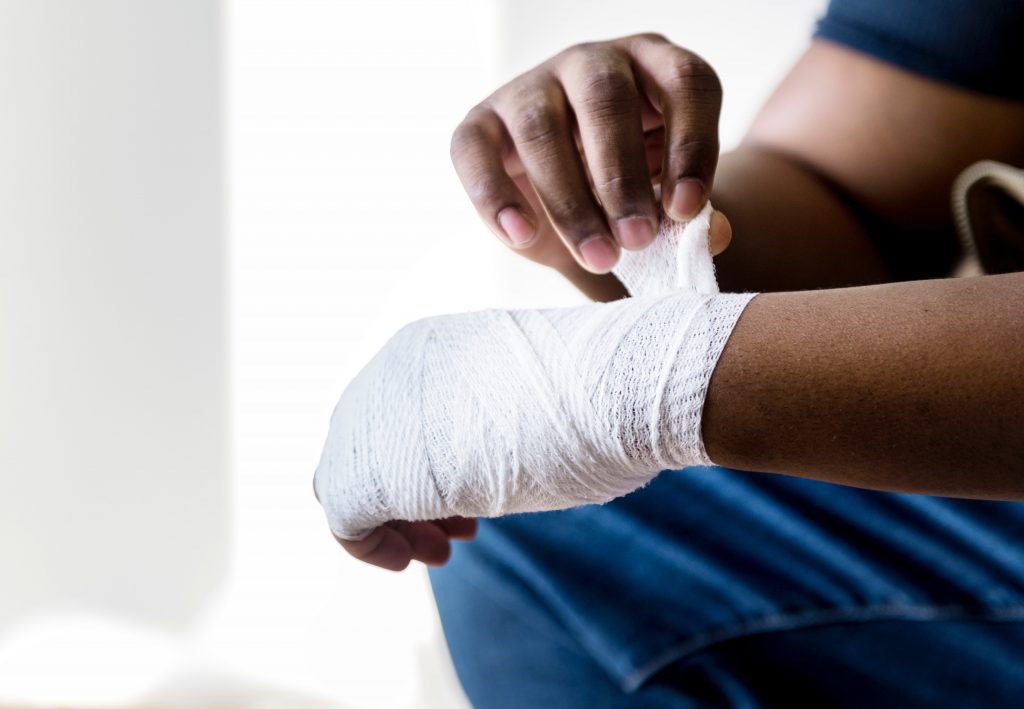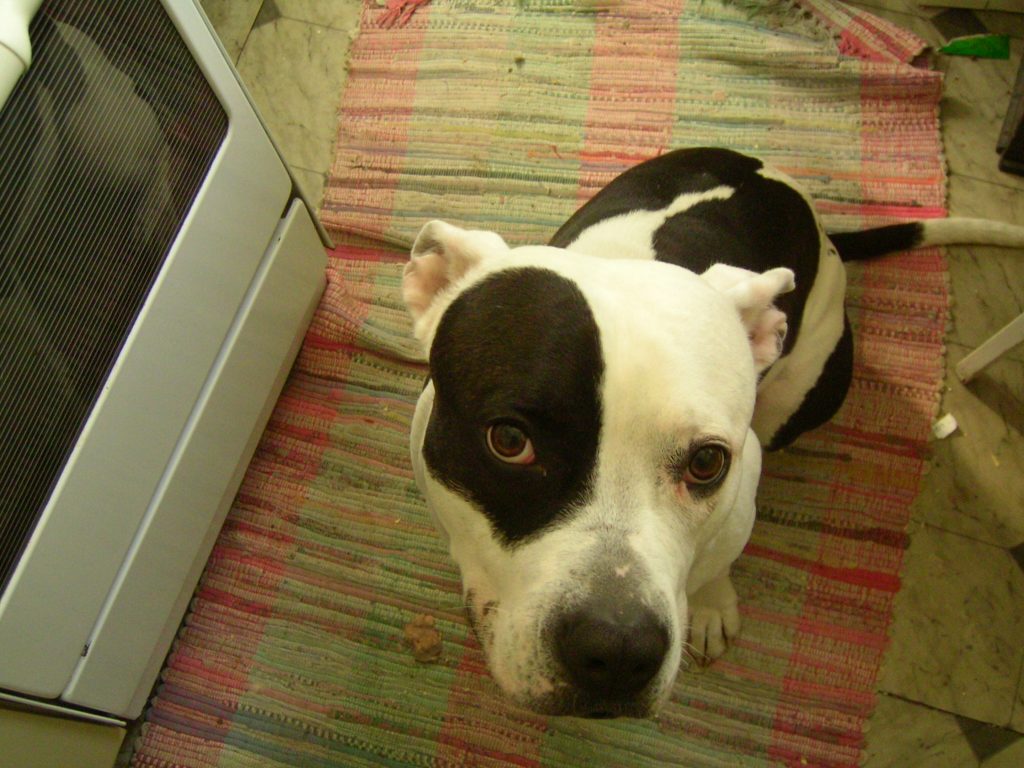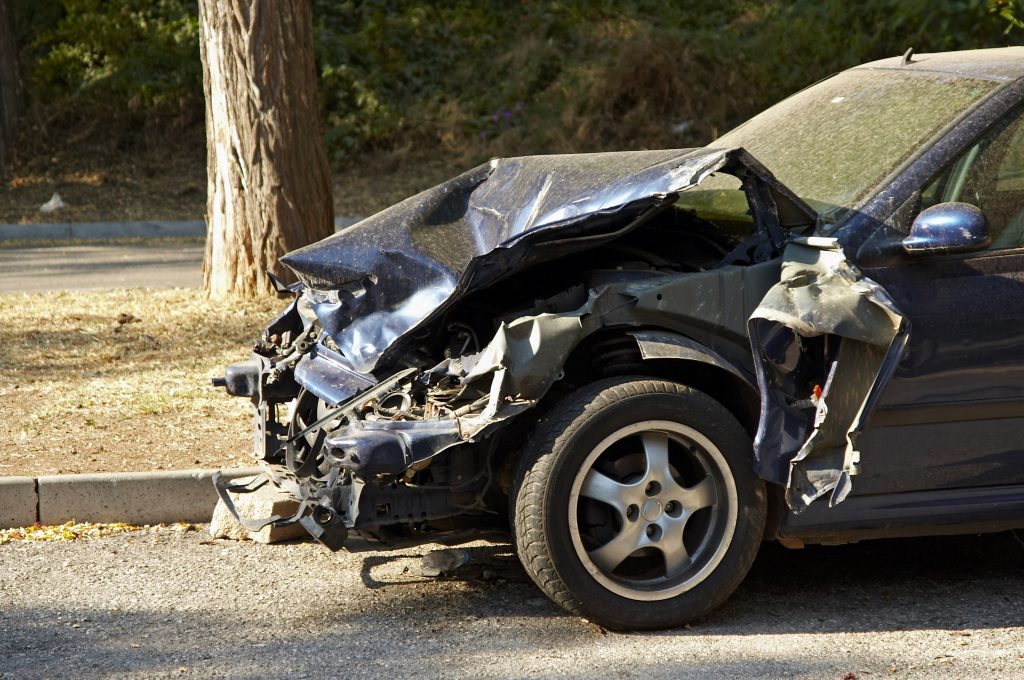 Summary judgment is a judgment entered by a court for one party and against another party without a full trial. More specifically, summary judgment may be granted where the legal claim or cause of action can be decided upon certain facts without a trial. Can you receive summary judgement in a negligence case against a squat machine manufacturer?
Summary judgment is a judgment entered by a court for one party and against another party without a full trial. More specifically, summary judgment may be granted where the legal claim or cause of action can be decided upon certain facts without a trial. Can you receive summary judgement in a negligence case against a squat machine manufacturer?
In order to succeed in a motion for summary judgment, a movant must show (1) that there is no genuine issue of material fact, and (2) that the movant is entitled to judgment as a matter of law. La. C.C.P. art. 966. A “material fact” is any fact that may be important, valuable, or critical in deciding a case, the suppression of which may reasonably result in a different decision. The movant, then, bears the burden of showing that there is no genuine issue of material fact, but the movant need only identify the absence of factual support for one or more elements essential to the opposing party’s claim. If the opposing party then fails to produce factual support for the challenged elements of his claim, summary judgment in favor of the movant is proper.
In the present case, Thomas Nearhood incurred injuries while exercising on a squat machine at an Anytime Fitness gym in Pineville, Louisiana. The accident happened as a result of Nearhood’s failure to properly secure the weighted bar with the latching mechanism provided for that purpose. One year after sustaining his injuries, Nearhood filed suit against a number of defendants, including Precor, the manufacturer of the squat machine. In his petition, Nearhood claimed that the squat machine did not provide sufficient warnings or instructions to prevent injuries such as his.
 Louisiana Personal Injury Lawyer Blog
Louisiana Personal Injury Lawyer Blog


 What happens when a verdict that the employee is entitled to Workers’ Compensation Benefits has been handed down by the Office of Workers’ Compensation, but the awarded medical benefits have not and are not being paid? Generally, an employee will move for penalties and attorney fees to be imposed on the employer or its insurer for failure to pay the benefits. Under Louisiana law, awarded medical benefits must be paid within sixty days of the employer or insurer receiving notice that the employee has been awarded medical benefits.
What happens when a verdict that the employee is entitled to Workers’ Compensation Benefits has been handed down by the Office of Workers’ Compensation, but the awarded medical benefits have not and are not being paid? Generally, an employee will move for penalties and attorney fees to be imposed on the employer or its insurer for failure to pay the benefits. Under Louisiana law, awarded medical benefits must be paid within sixty days of the employer or insurer receiving notice that the employee has been awarded medical benefits.  What happens with Workers’ Compensation Benefits when you are still able to work, but cannot make your pre-injury wage? Are you entitled to the difference in pre-injury and post-injury wages? Or are you out of luck? Supplemental earning benefits (“SEB”) are paid at two-thirds of the difference between what a person earned before their on-the-job injury and after their on the job injury, whether working or not. SEB’s are available to an individual who was injured at work and is unable to earn at least 90 percent of their pre-injury salary due to the injury.
What happens with Workers’ Compensation Benefits when you are still able to work, but cannot make your pre-injury wage? Are you entitled to the difference in pre-injury and post-injury wages? Or are you out of luck? Supplemental earning benefits (“SEB”) are paid at two-thirds of the difference between what a person earned before their on-the-job injury and after their on the job injury, whether working or not. SEB’s are available to an individual who was injured at work and is unable to earn at least 90 percent of their pre-injury salary due to the injury.  On the job injuries often present complicated healthcare-related decisions., especially when it comes to pain management. What happens when an insurer denies a successful treatment option? In the case of one Caddo Parish employee, securing effective pain management became an equally difficult encounter.
On the job injuries often present complicated healthcare-related decisions., especially when it comes to pain management. What happens when an insurer denies a successful treatment option? In the case of one Caddo Parish employee, securing effective pain management became an equally difficult encounter.  Worker’s compensation protects workers from unexpected accidents by providing for their medical care and lost wages if ever they suffer an incapacitating accident. And in most instances, a worker’s compensation claim will cover any subsequent accidents which arise from the work-related injury. But when the link between a new accident and the original work-related one is too far removed, an injured worker may have difficulty advancing his claim. For example, can you file a workers compensation claim for an at-home accident?
Worker’s compensation protects workers from unexpected accidents by providing for their medical care and lost wages if ever they suffer an incapacitating accident. And in most instances, a worker’s compensation claim will cover any subsequent accidents which arise from the work-related injury. But when the link between a new accident and the original work-related one is too far removed, an injured worker may have difficulty advancing his claim. For example, can you file a workers compensation claim for an at-home accident? No one can ever truly be prepared for the death of a loved one. It can present many unforeseen challenges, especially when complicated by the process of obtaining survivors’ benefits.
No one can ever truly be prepared for the death of a loved one. It can present many unforeseen challenges, especially when complicated by the process of obtaining survivors’ benefits.  Can an inmate be awarded damages from an injury caused by the employees of the correctional facility? According to the 5th Circuit Court of Appeal, the answer is yes. Mr. Miller was an inmate at Elayne Hunt Correctional Facility when an employee of the facility pulled him out of his bunk and threw him on the ground. Miller sued Captain Credit and the State of Louisiana for negligence under state law as well as violations of the 8th amendment under 42 U.S.C. §§
Can an inmate be awarded damages from an injury caused by the employees of the correctional facility? According to the 5th Circuit Court of Appeal, the answer is yes. Mr. Miller was an inmate at Elayne Hunt Correctional Facility when an employee of the facility pulled him out of his bunk and threw him on the ground. Miller sued Captain Credit and the State of Louisiana for negligence under state law as well as violations of the 8th amendment under 42 U.S.C. §§  The bond between people and their dogs can be one as close as family. Whether they serve as pets, guides, or even co-workers, dogs can provide a type of comfort and comradeship that is completely unique. It is sometimes easy to forget that dogs are animals that can chase, scratch, and even bite on a moment’s notice. While most people don’t like to believe that their canine companions would hurt others, many dogs—even the most docile or trained—are capable of causing harm quickly, and it is important to know how to handle these situations. This issue was explored in a case appealed to the Louisiana First Circuit Court of Appeal after an incident at Louisiana State University.
The bond between people and their dogs can be one as close as family. Whether they serve as pets, guides, or even co-workers, dogs can provide a type of comfort and comradeship that is completely unique. It is sometimes easy to forget that dogs are animals that can chase, scratch, and even bite on a moment’s notice. While most people don’t like to believe that their canine companions would hurt others, many dogs—even the most docile or trained—are capable of causing harm quickly, and it is important to know how to handle these situations. This issue was explored in a case appealed to the Louisiana First Circuit Court of Appeal after an incident at Louisiana State University. Litigation between family members can be uncomfortable for everyone involved. But what happens when a plaintiff sues a relative, then passes away, and the relative then becomes the plaintiff? Louisiana’s Second Circuit Court of Appeal recently addressed this unusual situation in a case involving a vicious dog attack.
Litigation between family members can be uncomfortable for everyone involved. But what happens when a plaintiff sues a relative, then passes away, and the relative then becomes the plaintiff? Louisiana’s Second Circuit Court of Appeal recently addressed this unusual situation in a case involving a vicious dog attack. It is all too easy to forget just how dangerous driving can be. In addition to human factors such as sleepiness, being distracted, and stress, there is also the unpredictability of the road. Uncontrollable circumstances such as the weather or wild animals that dart into traffic can turn a regular commute into a devastating experience. But who is to blame when something unforeseeable, such as a force of nature, causes a highway catastrophe? This issue was addressed after a multi-vehicle accident on Interstate 10 near the Michael Boulevard exit in New Orleans on December 29, 2011.
It is all too easy to forget just how dangerous driving can be. In addition to human factors such as sleepiness, being distracted, and stress, there is also the unpredictability of the road. Uncontrollable circumstances such as the weather or wild animals that dart into traffic can turn a regular commute into a devastating experience. But who is to blame when something unforeseeable, such as a force of nature, causes a highway catastrophe? This issue was addressed after a multi-vehicle accident on Interstate 10 near the Michael Boulevard exit in New Orleans on December 29, 2011.